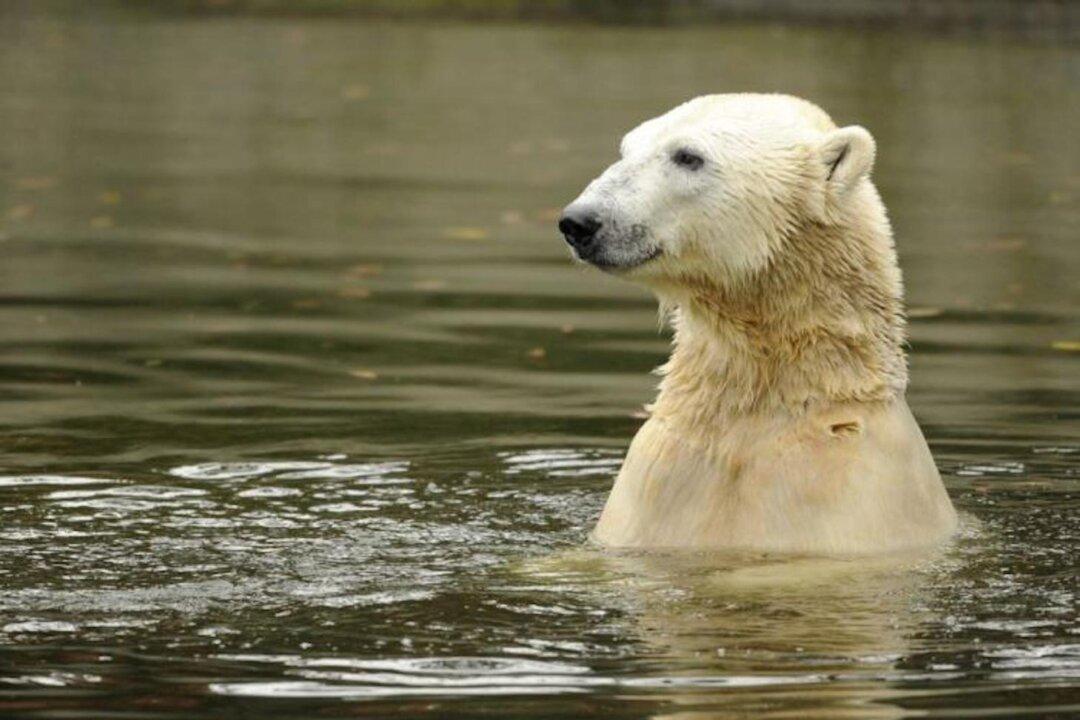Contrary to the popular narrative that the polar bear population is falling as a result of shrinking Arctic sea ice, Inuit groups claim the species is thriving, according to federal affidavits submitted in court.
“Inuit have not noticed a significant decline in the health of the polar bears,” the Nunavik Marine Region Wildlife Board’s director of wildlife management wrote in court papers, reported Blacklock’s Reporter.





